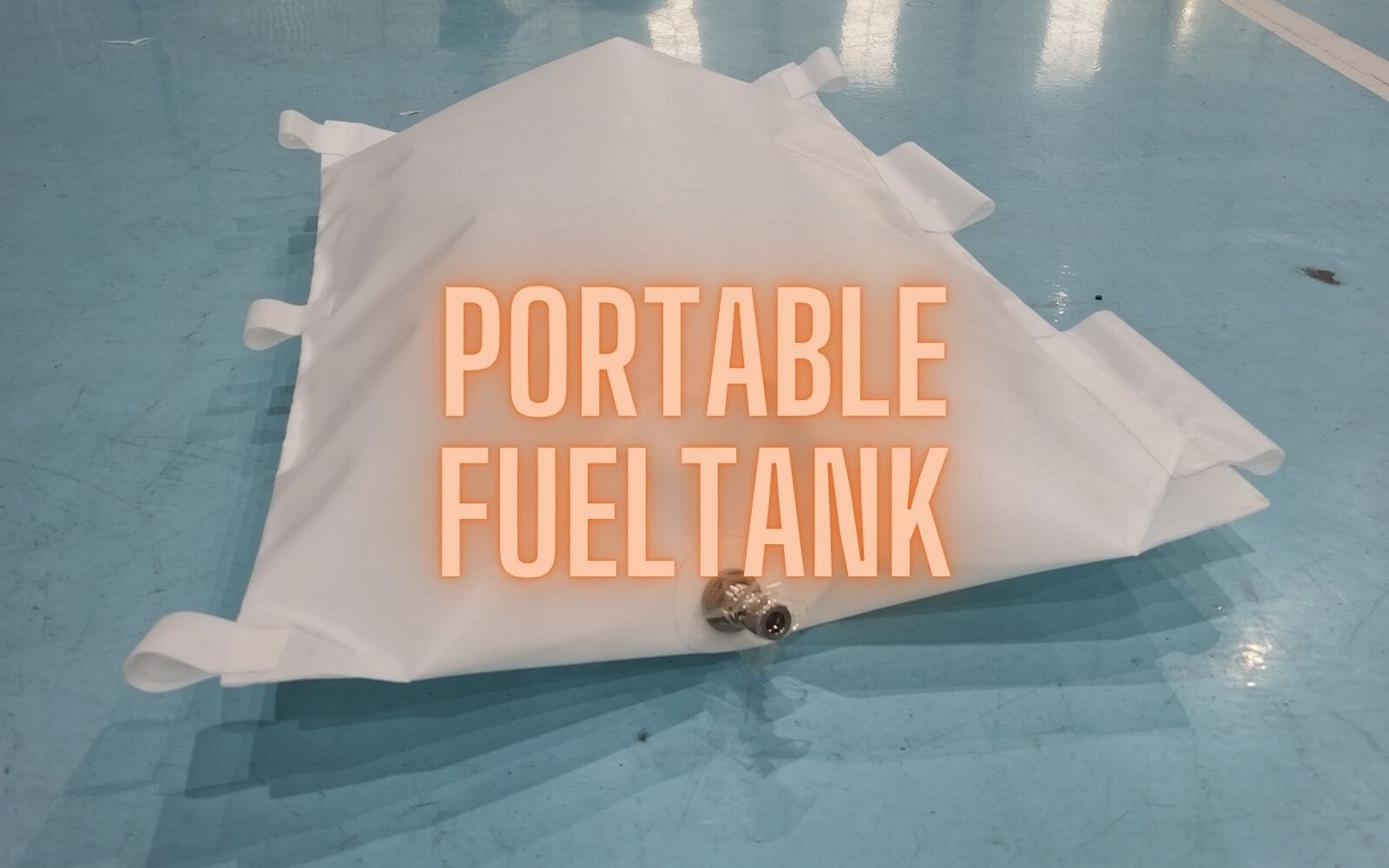AGRICULTURAL WATER RESERVOIR
When disaster strikes—whether hurricanes, wildfires, or power grid failures—having reliable emergency portable fuel tanks can mean a stable energy supply in crisis. Unlike standard fuel containers, these specialized tanks designs for rapid deployment, long-term storage even in extreme conditions.
In this essential guide, we’ll cover:
Recommended fuel storage sizes for households and businesses
Professional fuel stabilization techniques for emergency reserves
Why flexible fuel tanks dominate disaster response scenarios
Critical features for fast deployment in crises
Real-world examples from disaster zones
Why Emergency Fuel Storage Matters
During recent disasters:
72% of gas stations were non-operational for >1 week post-Hurricane Iands (FEMA 2022)
Wildfire evacuations left 40% of households stranded with empty tanks (CAL FIRE 2023)
Hospitals with 96-hour fuel reserves avoided generator failures during blackouts
FEMA-Recommended Fuel Storage Sizes
| Scenario | Minimum Fuel | Recommended Tank Size | Duration |
| Household (Generator) | 20 gallons | 30-50L portable tank | 3-5 days |
| Small Business | 100 gallons | 200L wheeled tank | 1-2 weeks |
| Community Center | 500+ gallons | Flexible bladders (1,000L+) | 30 days |
Key Insight: FEMA suggests storing 1 gallon(4L) per person per day for essential needs.
Long-Term Fuel Stabilization: Professional Techniques
1. Storage Best Practices
Rotate fuel every 6 months (mark tanks with dates)
Use desiccant breathers to prevent moisture
Store at 50-70°F – Every 10°F increase halves shelf life
2. Contamination Prevention
Microbial growth: Add Biobor JF biocide annually
Water separation: Install Racor filter/water separators
Flexible Fuel Tanks: The Ultimate Disaster Solution
Why Emergency Responders Prefer Flexible Tanks
Deploy 10x faster than rigid tanks (sets up in <15 minutes), unfold, filling and done.
1/5 the weight when empty (critical for evacuation), the bladder tanks can fold and place into small carton when empty.
Conforms to any space (vehicle beds, rooftops, tight storage), as the flexible tank is collapsible. So no matter what shapes of place which placed the fuel tank, during the liquid flows, the fuel flow will reach each corners to reach the perfect shapes.
Case Study: After Hurricane Maria, FEMA deployed 5,000L TPU fuel bladders to Puerto Rico that:
✔ Were air-dropped into inaccessible areas
✔ Required no tools for setup
✔ Withstood 130°F temperatures
Key Features for Disaster-Ready Flexible Tanks
| Feature | Benefit | Example Product |
| TPU Bladder | Resists fuel degradation | Flixtank FFT-200L |
| 1000D Outer Fabric | Puncture-proof from debris | Nauta Emergency Tank |
| Quick-Connect Valves | No spill transfer | SEI Industries RapidDeploy |
| Modular Design | Combine multiple units | Musthane Interconnect System |
Fast Deployment Protocols
1. Pre-Staging Checklist
Keep tanks pre-treated with stabilizer
Store with transfer pumps attached
Practice dry-run deployments biannually
2. Emergency Setup Steps
Site Selection: Elevated, >50ft from structures, keeping distance from sites, no too far, but in safety distance.
Unrolling: Use ground cloth to prevent punctures, protecting fuel bladder from sharp stuffs.
Anchoring: Sandbags or ratchet straps for high winds
Fueling: Gravity feed or 12V pump connection
Pro Tip: Color-code tanks by fuel type (red=gasoline, yellow=diesel)
Disaster Scenario Preparedness Kits
Tier 1 (Basic Household):
2x 20L EPA-compliant jugs
1x 12V transfer pump
Fuel stabilizer for 6 months
Tier 3 (Community Response):
1,000L TPU bladder with trailer
5-gpm transfer system
30-day biocidal treatment supply
FAQs
Q: How long will stabilized diesel last in flexible tanks?
*A: 2-3 years with proper additives (vs. 6 months untreated).*
Q: Can I store fuel bladders in my garage?
A: Yes—but keep away from ignition sources and inspect monthly for degradation.
Q: What’s the largest portable tank for civilian use?
*A: 1,320-gallon (5,000L) DOT-approved flexible tanks with proper permitting.*
Final Recommendation
For serious disaster preparedness:
Prioritize flexible tanks over rigid containers
Store 3x your estimated need (disasters often outlast predictions)
Test systems annually – Don’t wait for the crisis








